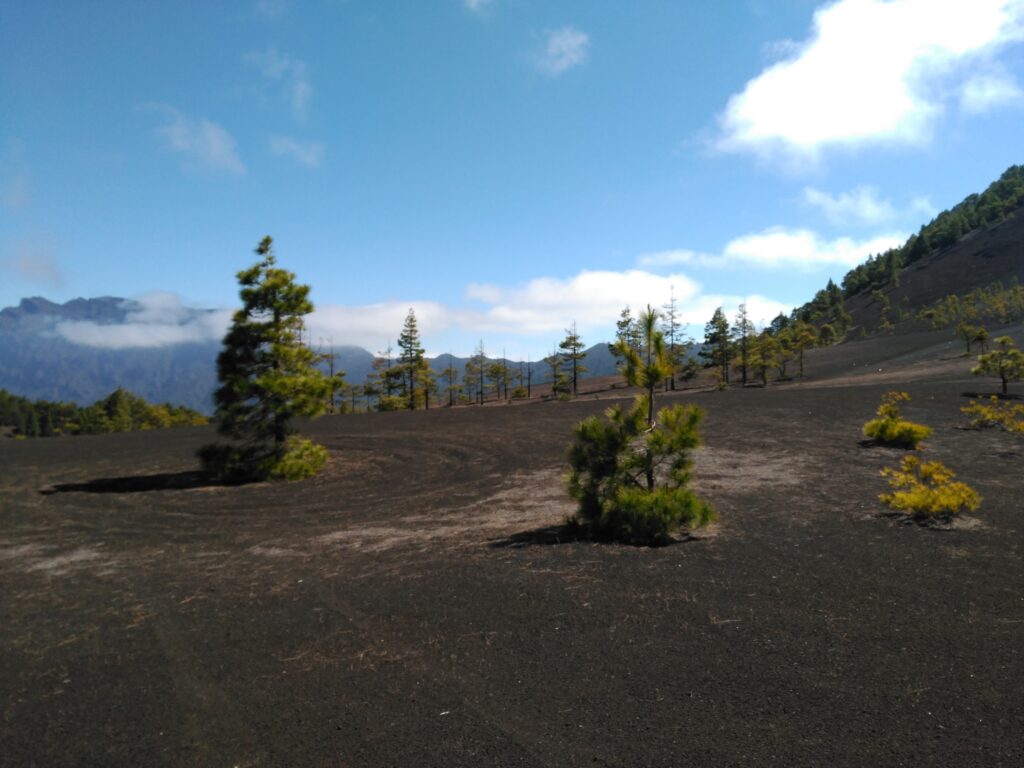Researchers Jorge Durán, from the Center for Functional Ecology, Faculty of Science and Technology, University of Coimbra (FCTUC), and Manuel Delgado-Baquerizo, from Universidad Pablo de Olavide (Seville, Spain), assessed, for the first time, how and why the spatial variability of soil biodiversity changes in terrestrial ecosystems on a global scale.
Spatial variability, that is, the uneven distribution of soil properties, plays an essential role in controlling key ecosystem characteristics and services, such as plant performance, ecosystem productivity, trophic interactions or soil nutrient cycling. .
The results of this study, published in the scientific journal Scientific Reports, from the group Nature, are essential “to improve our ability to understand and predict the complex effects of climate change on soil biodiversity, as well as to design more effective early detection and mitigation measures,” says Jorge Durán.
“We know that the spatial variability of soil properties and functions is controlled by the interaction of various biological, chemical and physical attributes. However, little is known about the factors that control the spatial variability of underground organisms. This is hardly surprising because soil biodiversity is an essential factor in multiple ecosystem functions. Although research in the last decade has been able to identify the most important environmental factors that control the biodiversity of soil organisms, one aspect that has been neglected in these studies is their spatial variability», explains the researcher from the FCTUC's Center for Functional Ecology.
This study aimed precisely at filling these gaps in knowledge. The researchers analyzed a large soil and vegetation database of 87 different locations from all continents (except Antarctica), covering a wide range of climatic conditions, vegetation types, ages and soil origins.
The results obtained, say Jorge Durán and Manuel Delgado-Baquerizo, «show that the spatial variability of the main groups of soil organisms (bacteria, fungi, protists and invertebrates) is highly correlated in different ecosystems, suggesting strong links between the different groups, and that any factor or disturbance that affects one group is likely to affect the rest of the groups of soil organisms in a similar way».
It was also observed that the spatial variability of soil organisms «is mainly controlled by the structure of the vegetation, which, in turn, is influenced by aridity and different soil attributes. Thus, areas with low vegetation cover but high plant spatial heterogeneity are consistently associated with high levels of spatial variability of soil biodiversity. Furthermore, our study suggests the existence of significant and undisclosed links between the spatial variability of soil biodiversity and important ecosystem functions such as carbon sequestration, nutrient cycling or plant productivity”.
The implications of these results, according to the study's authors, are broad in a context of climate change, “since they indicate that reductions in vegetation cover (for example, through desertification, increases in aridity or deforestation) are likely to increase the spatial variability of organisms. which could compromise the ability of different ecosystems to perform important functions and maintain key ecosystem services'.
Author: Cristina Pinto – Press Office – Science Communication -University of Coimbra
© 2020 – Science in the Regional Press / Ciência Viva



















Comments